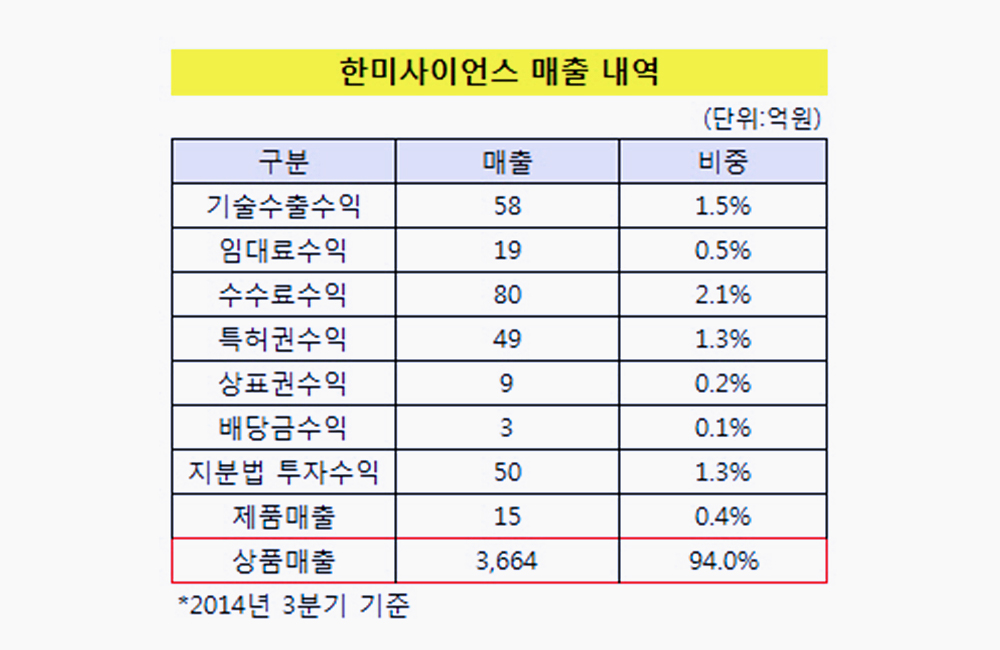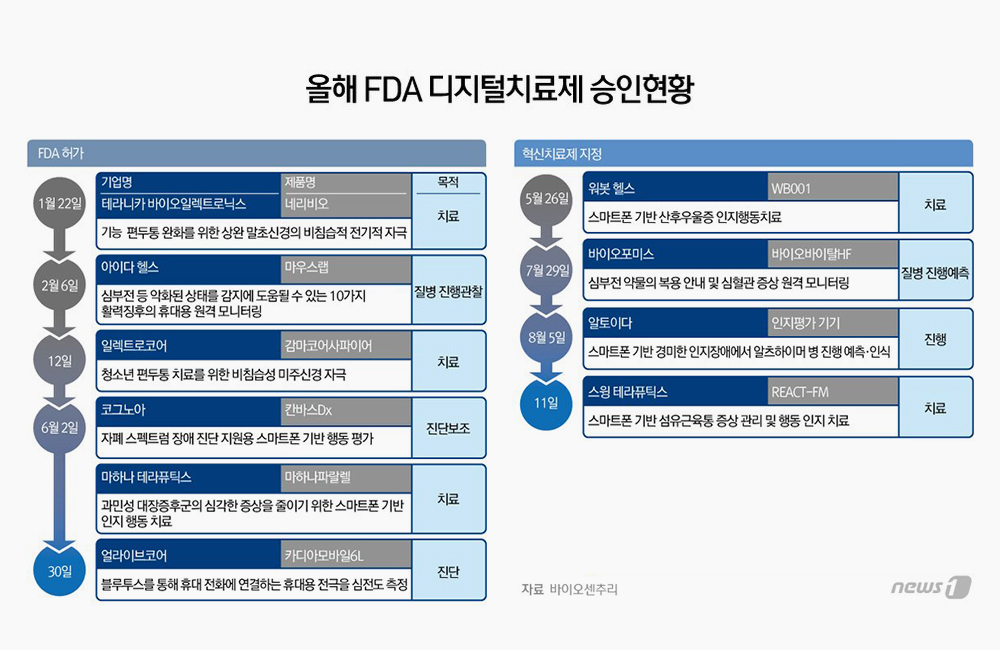One health system that initiated a journey mapping process for breast health services focused on connecting patients with a breast surgeon within 48 hours. But for the patient, that’s not 48 hours. That’s 10,000 moments of terror, she told them. Understanding this, the health system redesigned how it communicated with patients.
Four out of five consumers have accessed digital care at some point, but many want better digital tools for finding, scheduling and accessing care. These are signs that health systems’ approach to digital design for the communities they serve could benefit from a refresh.
It’s not that healthcare leaders don’t buy into the need for a strong digital strategy. However, with one out of five patients saying access to care is getting worse despite expanded digital options for care and service, the need for a better approach is clear.
How Can Modular API Solutions Improve Healthcare Outcomes?
A breadth of healthcare data, including EMR data, claims, and patient-reported available for innovative use cases offer examples of how modular API solutions have improved outcomes.
What are leading health systems’ best practices for digitally engaging their communities? During a Society for Health Care Strategy & Market Development (SHSMD) roundtable, leaders from 16 health systems shared insights on what works—and what doesn’t. Their lessons learned point to four key takeaways in engaging healthcare consumers digitally.
Focus on human-centered design. Concentrate on creating an offering that meets your patients’ needs rather than expecting their needs to match your offering. Starting with this viewpoint will result in a digital strategy that provides greater value for consumers. “We are trying to embed human-centered design into the culture of our system,” a leader for a not-for-profit health system in Missouri shared. “We’ve all made assumptions in the past such as, ‘I’m sure our patients will be really happy with this centralized check-in for both walk-in and urgent care visits.’ Then Marketing gets a call for better signage because patients are confused about the check-in process.” By designing solutions from the patients’ point of view, health systems are able to create digital experiences that truly meet consumers’ needs.
Help consumers find care that meets their needs. Today, 94% of patients would switch providers to access online scheduling options. Yet seven out of 10 patients say health systems’ online scheduling experiences fail to meet their expectations, and six out of 10 say they have given up on scheduling an appointment because the online process was fraught with difficulty. “Improving access points for care [digitally] could be such a game changer,” one leader from an academic medical center in Chicago said. So could the ability to leverage digital—such as with the help of artificial intelligence (AI)—to anticipate consumers’ needs. “Too many of our options right now will direct [consumers] somewhere, but is it the right place? We need to know enough about our patients so that we can direct them to the right care,” a leader with an academic medical center in Milwaukee said.
Solicit diverse perspectives to learn what consumers want from digital—and what stands in the way of adoption. For example, among vulnerable populations, lack of digital literacy may be a barrier to engagement. Older populations may find some functionality confusing or intimidating. At one large medical center, a grant funded a boots-on-the-ground approach to improving digital engagement. “We sent teams of medical school students and other health sciences students into the community to teach digital literacy and provided tablets to [consumers in vulnerable areas],” one leader shared. At another health system in Nevada, the marketing department ensures the IT team is part of conversations around digital functionality so they can pinpoint breakdowns in the digital customer experience and fix them. For example, when IT launches a new a feature in MyChart, the marketing department will test it with Medicare patients. If those patients find it confusing, marketing lets IT know so they can work on a solution, one marketing executive explained.
Leverage successful digital strategies already proven in other industries. Sixty percent of patients want a consumer experience in healthcare that matches what they have elsewhere. For example, if you want to book a reservation for dinner with OpenTable, you get an immediate notification with information on what to expect. That communication continues until you are seated. But in an example given at SHSMD, one health system that initiated a journey mapping process for breast health services focused on connecting patients with a breast surgeon within 48 hours—until a conversation with a patient in a focus group prompted leaders to reconsider their timeline. “[She said], ‘For me, that’s not 48 hours. That’s 10,000 moments of terror.’ When she said that, people got it,” a health system executive said. “That was a way different perspective than if we didn’t have her in the room. We redesigned everything we were doing after that conversation.”
By taking an intentional, human-centered approach to digital design and engagement that incorporates a variety of viewpoints, health systems can more successfully reach consumers and provide experiences that strengthen loyalty and reputation.









